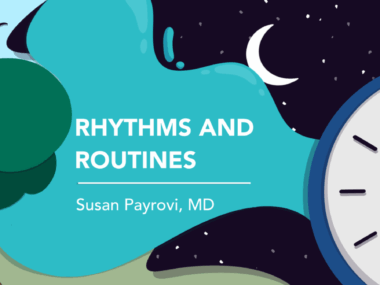Higher Sunlight Exposure Tied to Reduced MS Risk in Children
Written by |

Children and young adults who spend more time outdoors in the sunshine are less likely to develop multiple sclerosis (MS), according to a new study, which suggests that sunshine might help to protect against the disease.
“Advising regular time in the sun of at least 30 minutes daily especially during summer, using sun protection as needed, especially for first degree relatives of MS patients, may be a worthwhile intervention to reduce the incidence of MS,” Emmanuelle Waubant, MD, PhD, a professor at the University of California, San Francisco, and co-author of the study, said in a press release.
The study, “Association Between Time Spent Outdoors and Risk of Multiple Sclerosis,” was published in Neurology.
Most of the time, MS develops in adults between the ages of 20 and 50. However, in up to 5% of cases, the disease manifests in childhood or adolescence (referred to as “pediatric-onset” MS). Prior research has suggested that increased sunlight exposure can reduce the risk of MS and its complications in adults, but whether that association also exists in younger patients remains unknown.
In the new study, an international team of scientists compared sunlight exposure in 332 children and adolescents with MS, ages ranging from 3 to 22 years and mostly female, and 534 controls who did not have the disease. Patients and controls were matched for age and sex. Among the patients, the average time since their MS diagnosis was about seven months.
“This study aims to determine the contributions of sun exposure and ultraviolet radiation (UVR) exposure to risk of paediatric-onset multiple sclerosis,” the team wrote. (UVR is a specific form of high-energy light in sunlight).
Based on questionnaires completed by study participants or their parents, 19% of the MS patients spent less than 30 minutes per day outdoors, as compared to 6% of controls.
Statistical analyses — which accounted for factors like sex, age, race, skin color, tobacco smoke exposure, and being overweight — revealed that participants who spent more time outdoors were significantly less likely to have MS, and the risk decreased with increased sun exposure.
Specifically, compared to individuals who spent less than 30 minutes per day outdoors on average, those who spent between 30 minutes and one hour outdoors were about 52% less likely to get MS. Participants who spent one to two hours outdoors per day were about 81% less likely to develop MS, compared to those who spent less than 30 minutes outdoors.
Based on the intensity of sunlight and UVR in different locations, the researchers estimated that a child growing up in Florida would be about 21% less likely to develop MS than a child in New York.
Using sunscreen did not appear to affect the association between greater sun exposure and reduced MS risk.
“Spending more time in the sun during summer may be strongly protective against developing paediatric MS, as well as residing in a sunnier location,” the researchers wrote.
They stressed that, because of the design of their study, it is impossible to draw cause-and-effect conclusions. Several potential mechanisms for this relationship were noted. For example, high sunlight exposure may stimulate immune cells that are protective against MS. Sunlight also could boost levels of vitamin D, since the body uses energy from the sun to synthesize this vitamin.
“Vitamin D may also change the biological function of the immune cells and, as such, play a role in protecting against autoimmune diseases,” Waubant said.
She added that clinical trials are needed to assess whether “increasing sun exposure or vitamin D supplementation can prevent the development of MS or alter disease course post-diagnosis.”







